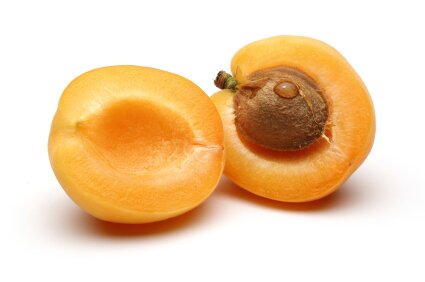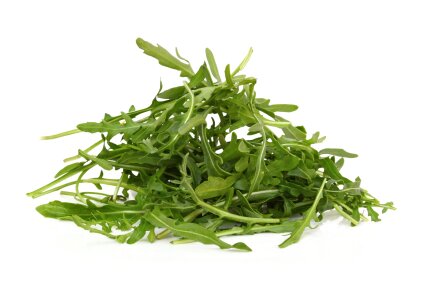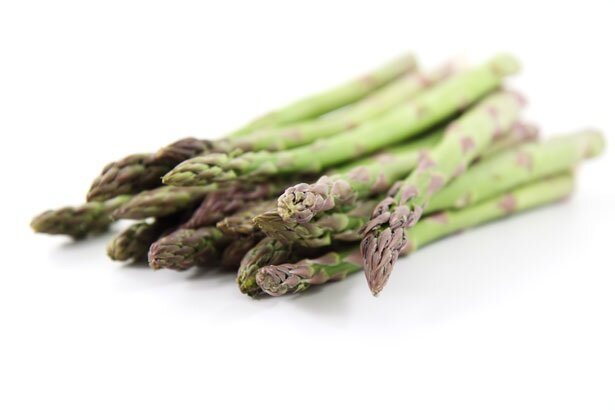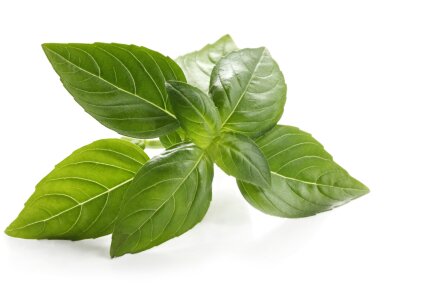Apples
About: The forbidden fruit! These bulbous beauties, part of the rose family, are pomaceous fruits. There are dozens of varieties of apples. McIntosh apples have red and green skin, white, juicy flesh and a slightly tart flavor. Suncrisp apples are green with a hint of orange and are firm, juicy and sweet. Jonagold apples are are crisp, tart, and sweet with bright red and gold skin. Is your mouth watering yet?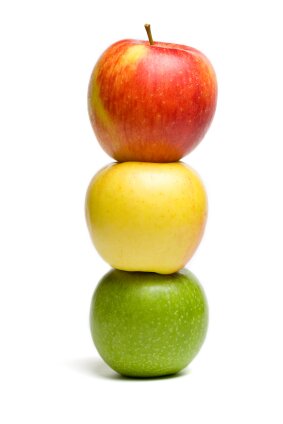
Nutritional Information: A medium sized apple contains about 52 calories,4 grams of fiber, and is a good source of vitamin C.
Storage: Apples can be stored up to 2 weeks in the coolest part of the refrigerator and retain their nutrient value. Wrap in paper towels or keep in a paper or plastic bag.
Tips: Apples are well-suited for freezing, drying and canning. Three mediums apples equals about 1 pound. 2 pounds make a pie.
QuickFix: Dip sliced apples in peanut butter and cinnamon for a snack.
Recipes: Kale with Apples & Mustard, Apple, Sauerkraut & Cheddar Quesadillas, Apple Confit
